Week 6: Academic Reading and Note-taking Strategies
LOC 6: Connect and interpret the importance of academic reading by using a critical point of view and a variety of note-taking strategies
Learning Objectives
By the end of this week, participants will be able to:
- 6.1 – Identify the importance of reading, understanding, and annotating academic texts
Materials Needed This Week
Here is a list of materials you will need while completing this week:
- Writing utensils
- Highlighters
- Ruler
- Sticky Notes
- Dictionary/Glossary booklet
- Handwritten Wisdom Journal
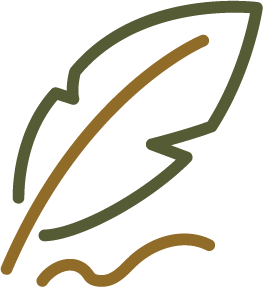
- Blank paper
- Computer/laptop
Key Terms
Add these key terms to your personal dictionary/glossary booklet. These important key terms will be used throughout module 2, week 6. If there is no link attached to the definition, be assured that the term will be defined throughout the week. We encourage you to further investigate the definitions in order to expand your knowledge.
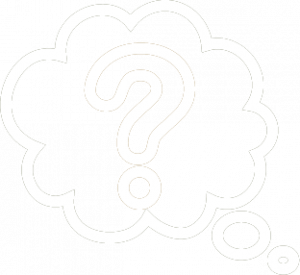 Questions to Consider
Questions to Consider
1. Why do I have to learn note-taking skills?
2. What is the difference between a passive reader and an active reader?
3. What are some note-taking ideas that are useful for my own practice?

“If the note taken shows signs of having passed through a mind, it is a good test of its relevance and adequacy.” — Jacques Barzun and Henry Graff
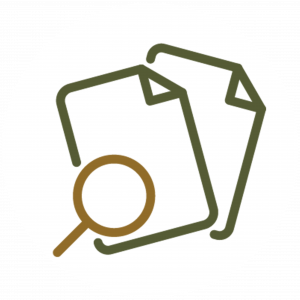 Review
Review
Consult the following information and resources to interpret the necessary information with your preferred method of note-taking.
Taking good notes in class is an important part of academic success. Actively taking notes during class or reading an academic text can help you focus and better understand the main concepts.
Good note-taking is a practical strategy that will improve your active listening, comprehension of material, and retention of information.
What is critical reading?
Critical reading is taking the findings of what you are reading and applying considerable thought and analysis when you are reading the information as to how it pertains to you and your thought process. It is asking critical questions based on the article. Critical reading is making inferences and engaging to the information that you read in an academic critical way.
Different formats for notes
There is no right format to use when taking notes, however, many different structures and styles should be considered and practiced. What is important is that you find a method that works for you and encourages good note-taking qualities.
Let’s identify a few types of formats that you may want to experiment with:
Cornell Method: This style includes sections for the date, essential question, topic, notes, questions, and a summary.
The Cornell Method – The University of Tennessee Chattanooga (article)
Outlining Method: An outline organizes the lecture by main points, allowing room for examples and details.
The Outlining Method – The University of Tennessee Chattanooga (article)
Flowcharting/Concept Mapping Method: A visual representation of notes is good for content that has an order or steps involved.
The Mapping Method – The University of Tennessee Chattanooga (article)
Concept Maps – University of North Carolina at Chapel Hill (article)
Charting Method: A way to organize notes from lectures with a substantial amount of facts through dividing key topics into columns and recording facts underneath.
The Charting Method – The University of Tennessee Chattanooga (article)
Sentence Method: One of the simplest forms of note-taking, helpful for disseminating which information from a lecture is important by quickly covering details and information.
The Sentence Method – The University of Tennessee Chattanooga (article)
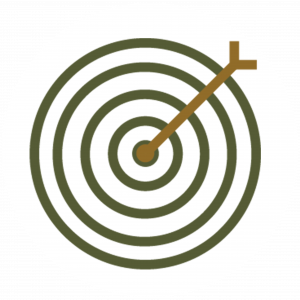 Identify
Identify
Consult the following resources below to locate the important information on this week’s topic.
Taking notes allows you to understand all information presented conceptually and factually and may differ between students. For instance, working memory, or the ability to process and manipulate information in the moment, is often involved in transcribing lecture notes, which is best done digitally; but there are individual differences in working memory processes that may affect which method works best for you. Research suggests that handwriting notes can help us learn and remember conceptual items better than digital notes. However, there are some pros to typing notes on a computer as well, including speed and storage.
Consider these differences and decide what the best strategy is for you: handwritten, digital, or a combination of both.
| Handwritten | Digital |
| Easier to create diagrams and illustrations | Faster, easier to take a higher volume of notes |
| Sometimes better for visual learners | Easier to edit and reorganize for later studying |
| Provides more focus for students prone to digital distraction | Can be backed up, shared, searched, etc. |
| Can be better for comprehension and retention of conceptual information | Can be better for comprehension and retention of factual information |
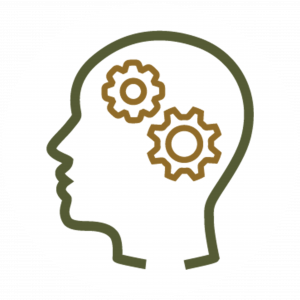 Develop
Develop
Research to find one or two extra academic articles that relate to note-taking and the importance of annotating academic articles and attempt one other method of note-taking that you would like to try.
Activity
Test your knowledge on the importance of reading articles and understanding the value of note-taking with these multiple choice questions:
Fill out or print the PDF template provided to list of reading strategies and note-taking methods that would be relevant to a student with limited technology access or no technology access.
Reading Strategies & Note-taking Methods (PDF)
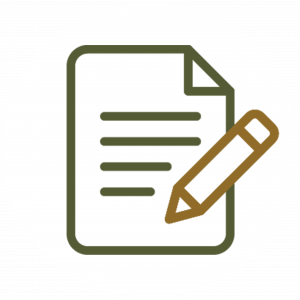 Apply
Apply
Task
Here are some in-class strategies for you to try:
- Update notes: Take a break for 2-3 minutes to allow students to compare their notes so far with other students, fill in the gaps, and develop joint questions.
- Empty outlines: Distribute a partially completed outline of the article, video, or lecture and ask the students to fill it in. Useful at the start or at the end of class.
- Half class lecture: Divide the class in half and provide reading material to one-half. Lecture on that same material to the other half of the class. Then, switch the groups and repeat, ending with a recap by pairing up members of the opposite group.
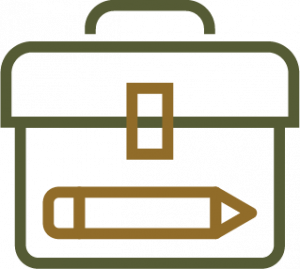 Take Away Toolbox
Take Away Toolbox
 Reflect
Reflect
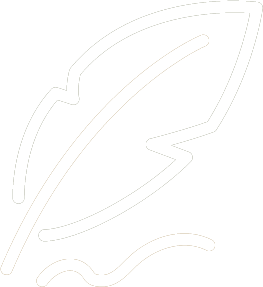 Handwritten Wisdom Journal
Handwritten Wisdom Journal
A Wisdom Writing Journal is a way to notarize your learning journey throughout the weeks during all the modules in this course. It will also permit you to demonstrate that no technology is required to focus on reflective practice. There is a variety of writing journal tools that you can choose from that require technology, however, throughout this course, it is important that you experience and model a no-technology required method in order to relate to those students that have limited or no access to technology.
Take advantage of jotting down your thoughts, frustrations, joys, aha moments, and new information acquired as the result of your hard work. Critical reflection time required at the end of each week will be a culminating result of YOUR own personal Learning Narrative.
Using your own personal writing journal, write an entry for this week’s prompts:
- What are some of the multidimensional aspects of adult learning? Can you recognize them in your practice?
- How does this make you feel about your existing practice? How will this change your delivery of strategies?
- Can you see the value of reading, writing, and/or drawing as reflection?
- Based on the information that you have learned this week, how would you review, identify, develop, apply, and reflect?
Note: Be sure to justify each of your answers or comments.
Optional Resources
These resources are not required to be viewed; however, they give further information on this week’s topics:
- SPARK SQ4R Reading Strategy (module)
- SPARK SQ4R Worksheet (PDF)
- Reading Textbooks SQ4R (video)
- Oxford Learning – How To Take Study Notes: 5 Effective Note Taking Methods (article and examples)
- 7 Simple and Effective Critical Thinking Strategies That Really Works (article)
- Note-Taking from Reading – Skills You Need (article)
- 7 Most Efficient Note Taking Methods – Lifehack (article)
- The Cornell Note Taking System – Cornell University (article)
- A List of 107 Effective Classroom Teaching Strategies By Chris Drew, PhD – Helpful Professor (article)
- How to Read, Take Notes On and Understand Journal Articles | Essay Tips (video)
- Effective Reading Strategies: Academic Reading – Spark (module)
- The Purpose of Academic Reading – Lumen Learning (module)
- Search For Study Guides – Helpful Professor (search engine)

